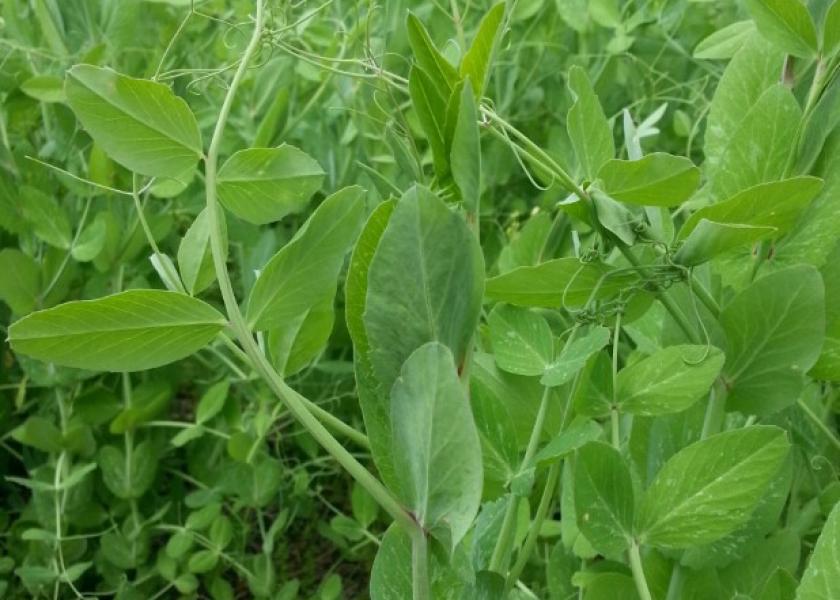The Supply Chain Cares About Sustainability More Than Ever

There was a time when once grain left the farm gate, little was thought about where it went. Those days are disappearing quickly, with more and more links in the supply chain taking significant interest in how the grain they source is grown. The upside – interest usually leads to positive change in the industry.
Case in point – Smithfield is ramping up a program called MBGro that it hopes 75% of its grain sourcing acreage in the Southeast and Midwest will participate in by 2018.
“The goal is to provide technological assistance and information to our grain growers along the line of fertilizer optimization,” says Kraig Westerbeek, Smithfield's hog production division's vice president of engineering and environmental support services. “We’ve hired a full-time agronomist and are looking at cover crops, sensors and GPS-based technology. There’s a tremendous toolbox available.”
Maggie Monast, an agriculture sustainability expert at Environmental Defense Fund, says one great tool in the MGBro toolbox is a set of Trimble GreenSeeker crop sensing system that Smithfield has loaned out to five farmers. This technology allows the farmers to determine very precise fertilizer needs in real-time.
“Precise fertilizer application is a huge win-win for farmers and the environment, since farmers save on input costs and reduced fertilizer losses improve air and water quality,” she said.
The GreenSeeker loans are for one year – after that, the farmers return it so another farmer can use it, or purchase the system. Either way, Smithfield is able to share the technology with more and more farmers each season.
“For something this expensive, it’s a good way for a farmer to try it and see the benefits before making a full investment,” Monast says.
Ultimately, Westerbeek and his colleagues at Smithfield are interested in isolating any production practice that is good for both the producer and the environment. Doing so also keeps them in the good graces of retailers such as Walmart.
“The retailer is becoming more interested in what we do, so we in turn become more interested in what our grain suppliers are doing,” Westerbeek says.
Monast says MBGro could reduce greenhouse gas emissions by as much as 60,000 tons – the equivalent of taking 13,000 cars off the road.
“Our hope is to see if we can get other animal protein companies to follow in their footsteps,” she says.
The MBGro tools are free to use, and participation in the program is voluntary. Visit mbgro.com for details.







